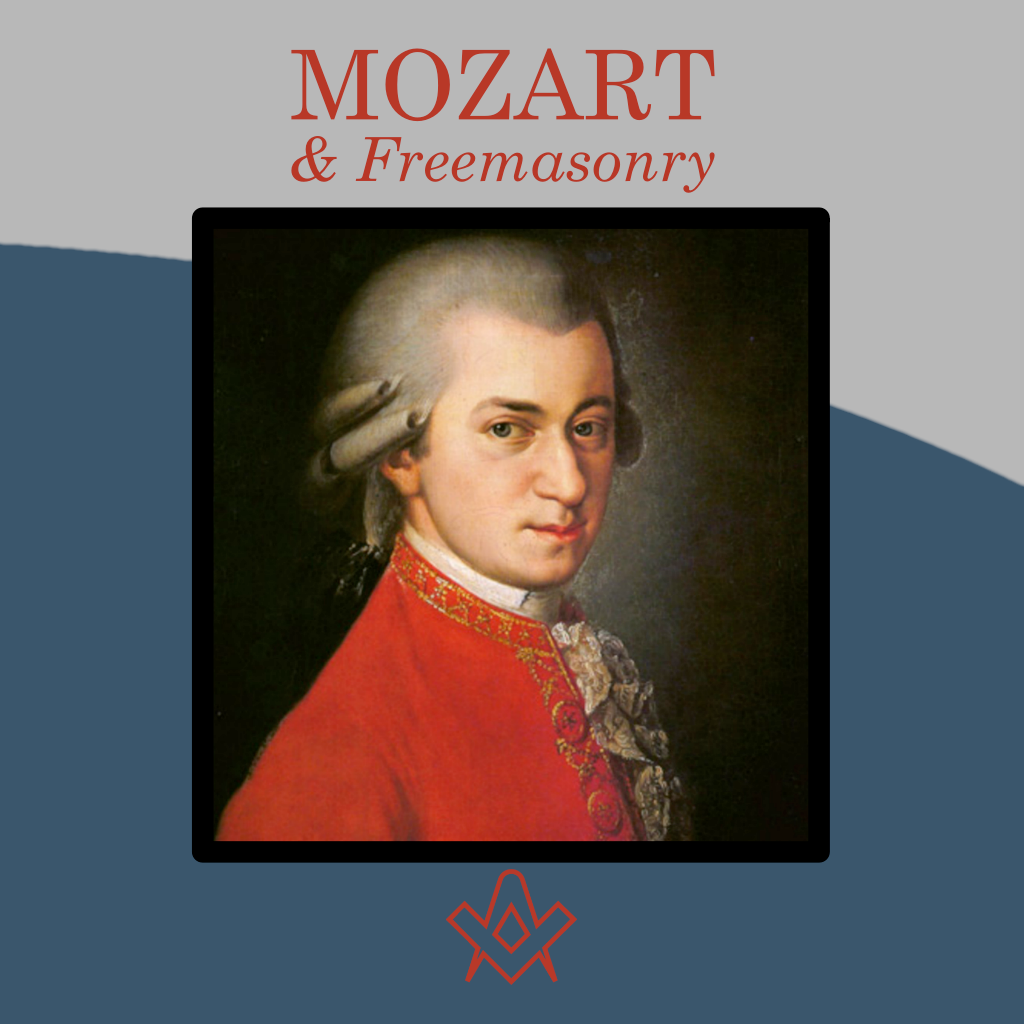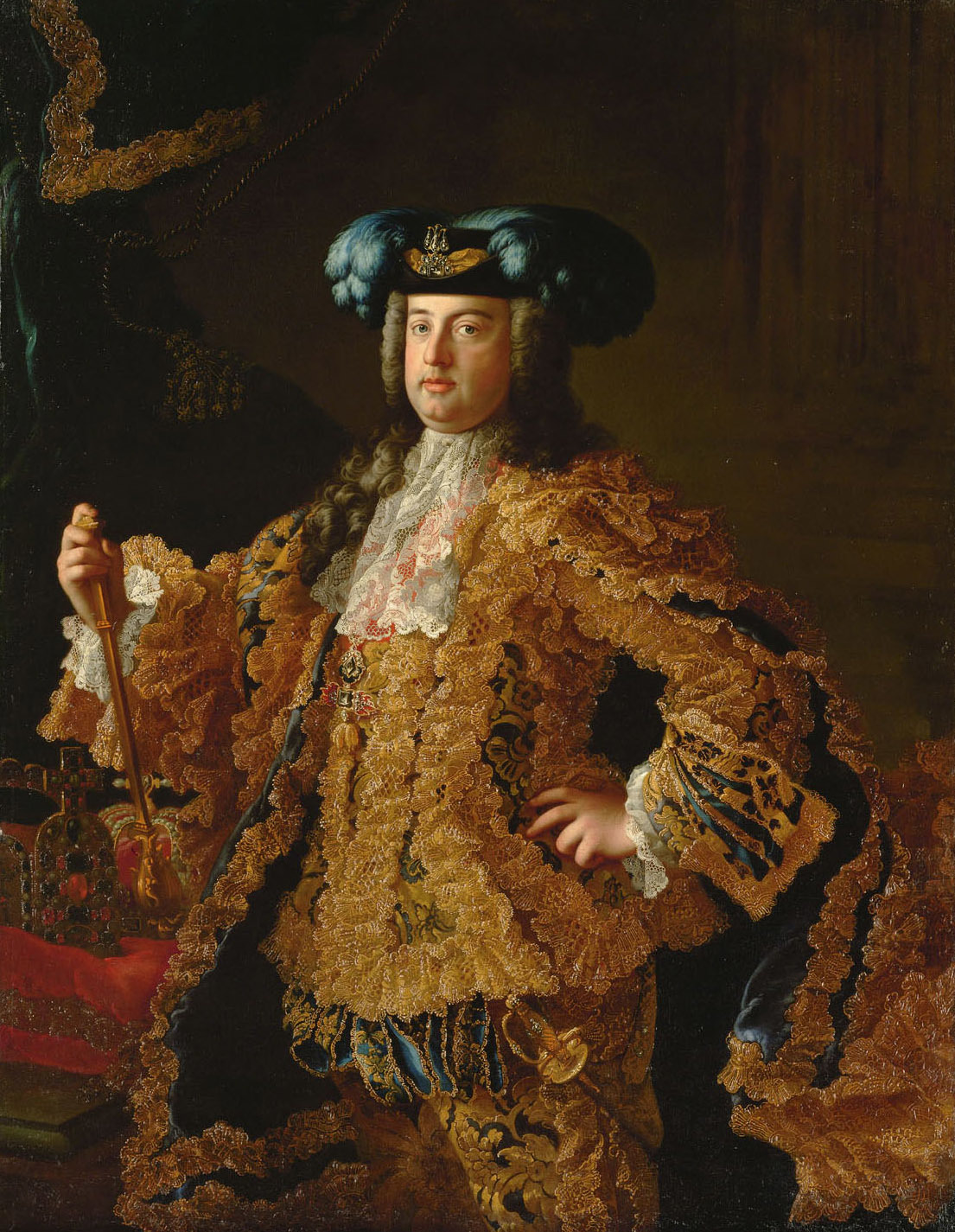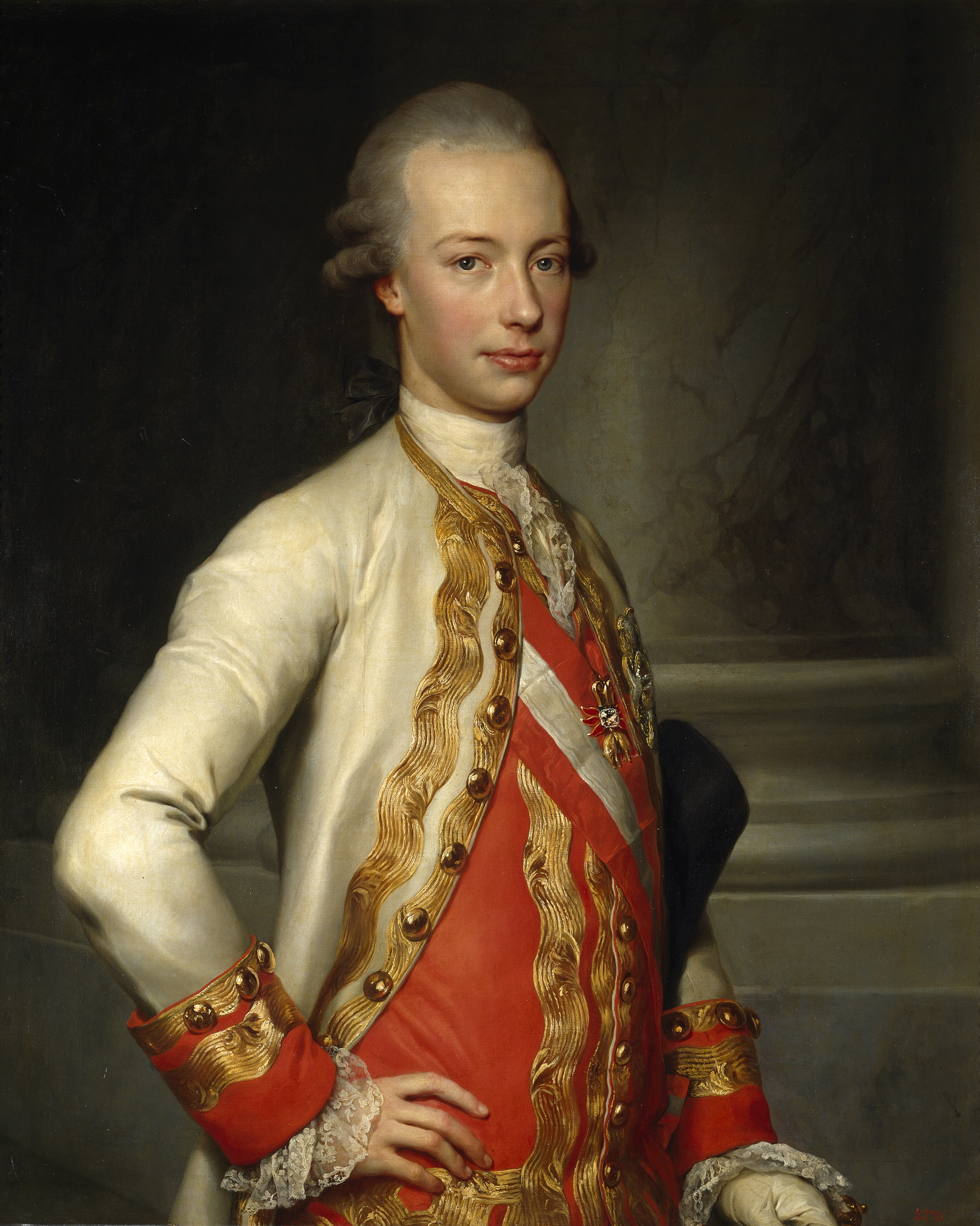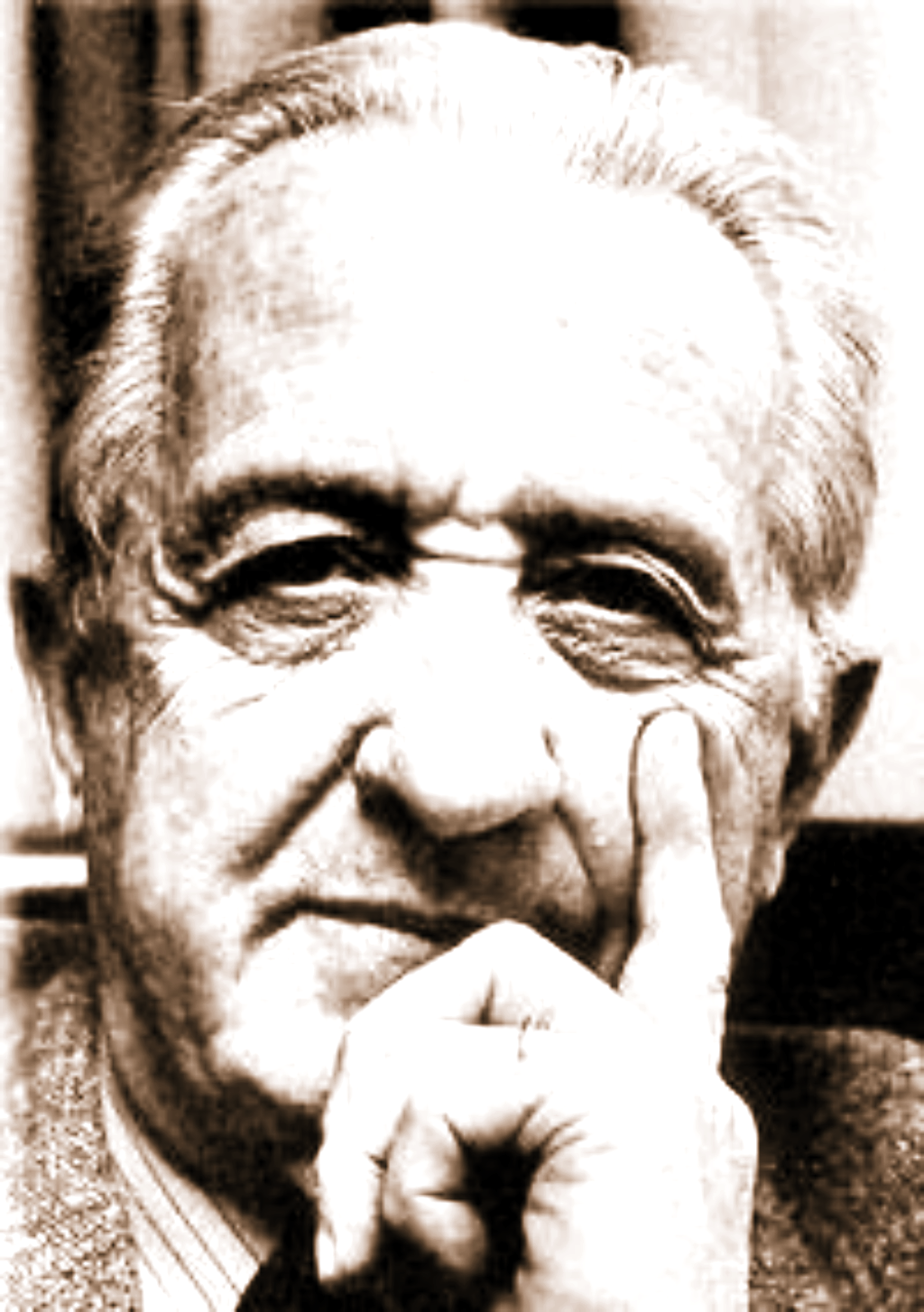The first lodge, in what was then the Austrian Empire, was founded in Prague in 1726. Twelve years later on 28 April 1738, Freemasonry was banned throughout the Catholic Church by Pope Clement XII in his Bull In Eminenti.
Francis, Duke of Lorraine
Image linked: wikimedia
In 1731, six English Brethren initiated and passed Francis, Duke of Lorraine, at an occasional lodge at the home of the English ambassador to The Hague of the Austrian Netherlands. He was later raised at an emergency lodge in Norfolk, England.
Maria Theresa
Image linked: wikimedia
Francis, Duke of Lorraine married Maria Theresa in 1736, and in 1740 became Emperor and joint ruler of the Austrian Empire of the Hapsburgs. Maria Theresa was strongly opposed to the Craft. In 1764, she issued an Imperial Decree forbidding the practice of Freemasonry. This Decree was ignored.
Joseph II
Image linked: wikimedia
In 1765, Francis died and his son, as Joseph II became joint ruler with his mother. Joseph was not a Freemason but had a benign interest in the fraternity.
Maria Theresa died in 1780. On March 26, 1781 Joseph decreed that no spiritual or secular orders were to submit to a foreign authority outside the Empire.
Thus, on April 22, 1784, the Gross Landesloge von Österreich (The Grand Lodge of Austria) was established with 62 lodges.
The Great State Lodge of Austria / Die Große Landesloge von Österreich
On 11 December 1785, under pressure from the clergy, Joseph II issued a decree ordering the consolidation of lodges. The eight lodges in Vienna were to be consolidated into three lodges. All lodges were periodically to submit detailed membership lists for the inspection of the government.
Leopold II
Image linked: wikimedia
Joseph II died in 1790 and was succeeded by his brother Leopold II who was pro-Masonic. Leopold ruled for only two years.
His son and heir Francis II were anti-Masonic and believed that all secret societies, including Freemasonry, were working against him. Given this climate, lodges voluntarily closed in 1794 and the Craft was formally suppressed in January 1795. Freemasonry did not return to Austria until 1918.
The Grand Lodge of Vienna / Die Großloge von Wien
November 5, 1918
Stanley Sadie notes in his biography of Mozart (Mozart: The Early Years, 1756-1781) that, “The society was essentially one of liberal intellectuals, concerned less with political ideals that with the philosophical ones of the Enlightenment, including Nature, Reason and the brotherhood of Man.”
This description of the fraternity was reflected in the membership of the Viennese lodges which included nobility, senior army officers, leading businessmen, and intellectuals of the city.
A Masonic lodge meeting thought to portray Mozart’s own lodge 1789, Wienmuseum Vienna
Image linked: wikimedia, located at Wienmuseum Vienna, Austria
Mozart and Freemasonry
Mozart was proposed for membership in Lodge zur Wohltätigkeit (translated either as “Charity” or “Beneficence”) on 5 December 1784. On 14 December, he was initiated as a Lehrlinge (Entered Apprentice), becoming number 20 on the lodge roll.
Ten days later he attended Lodge zur wahren Eintracht (True Concord) and, at the request of his mother lodge, was passed to the degree of Geselle (Fellow Craft) in that lodge on 7 January 1785. The Master of Lodge True Concord was Ignaz von Born, a distinguished scientist and writer.
The date of Mozart’s raising to the degree of Master Mason is the subject of some debate. Smyth, Nettl, and others maintain that the actual date is unknown.
Main and Chailley state he was raised on April 22, 1785. The divergence of opinions is due to the interpretation of the attendance register of 22 April 1785, of Lodge True Concord.
Further Reading:
Mozart and Freemasonry Wikipedia Entry
Alfred Einstein
Image linked: wikimedia
Mozart’s Music
Although he lived only thirty-five years, Mozart produced 626 works: 41 symphonies, 15 major church choral works, 27 piano concertos, 130 concertos for other instruments, 23 operas, and some 500 other pieces of music.
A chronological catalogue of his music was compiled by Ludwig von Köchel, whose K. numbers are used to identify Mozart’s works.
There have been several revisions of this catalogue, including a revision in 1937 by Alfred Einstein , a cousin of the famous scientist Albert.
Mozart’s Masonic Music
In Smyth’s paper on Mozart, there are several lists of what are to be considered Mozart’s Masonic music. Some of the works were composed for performance in lodges or were obviously Masonic in nature. Some Mozart scholars include other compositions that were Masonic in spirit, but not written to be performed in a lodge. A conservative estimate yields seven compositions which are Masonic.
Those who are familiar with Mozart’s sublime motet Ave Verum K.148 – written in a single afternoon at Baden while his wife was taking the waters – will know what a master of small forms Mozart was. Here is an example of a most concise beauty: the song to be sung by the brethren O Heiliges Band der Freundschaft Treuer Bruder – To the Holy Band of Friendship and True Brotherhood
A cantata, Die Maurerfreude (Masonic Joy) K.471, with words by Franz Petran, was composed on 20 April 1785 and first performed in Lodge Crowned Hope on 24 April 1785. The cantata was composed for a celebration in honour of Ignaz von Born who was Master of True Concord.
Maurerische Trauermusik (Masonic Funeral Music) K.477 was composed in Vienna on 10 November 1785, for a Lodge of Sorrows held by Lodge Crowned Hope a week later. The occasion was the funerals of Brothers Georg August, Duke of Mecklenburg-Streletz and Franz, Count Esterhazy of Galantha.
Eine Kleine Freimaurerkantate (Little Masonic Cantata) K.623 was composed by Mozart in Vienna on 15 November 1791, with the text purportedly by Emanuel Schikaneder. The work was written for the dedication of the temple of Lodge New Crowned Hope. The performance was held on 18 November 1791, which was two days before the onset of his fatal illness. This was the last work completed by Mozart.
The Little Masonic Cantata was published after his death and the score stated that the words were the work of a member of Lodge New Crowned Hope of which Schikaneder was not a member.
Of all of Mozart’s works, Die Zauberflöte (The Magic Flute K.620) is one of the most famous. The libretto was written by Bro. Emanuel Schikaneder who was director of the Theater auf der Wieden in Vienna. It was at that theatre that The Magic Flute was first performed on 30 September 1791.
The two-act opera is a confusing story whose first act starts as fairy tale, continues as a comedy, and ends in philosophic tirades. As Chailley notes, “the second act is occupied entirely by initiatory trials”. These trials, a part of the Entered Apprentice degree of European Freemasonry, evoke the four elements of Earth, Air, Water, and Fire.
The story of The Magic Flute has many sources. Schikaneder apparently drew the basic plot from Liebeskind’s Lulu oder Die Zauberflöte. Many of the ritual elements were from Jean Terasson’s novel Sethos which has an ancient Egyptian setting. Another source for the Egyptian setting was Gebler’s Thamos, König in Agypten.
Schikaneder was a member of Lodge Karl zu den drei Schüsseln (Charles of the Three Keys) in Regensburg, Germany. His “free ways” caused him to be suspended for six months on 4 May 1789. He was not listed on any Viennese lodge roll.
Jacques Chailley
The Magic Flute is accepted as a Masonic opera. But to what extent Masonic symbolism is used in the opera depends upon who is interpreting the symbolism of the opera. Also, it should be remembered that the opera is written using the symbolism of European Masonic ritual which is somewhat different from the English rituals. And, if the theories of one French musicologist, Jacques Chailley, are to be accepted, the opera is really about Adoptive Masonry.
Adoptive Masonry, which admits both men and women, was popular in France in the 18th century. Chailley’s book contains illustrations which demonstrates that five, not three, is the prominent number in Adoptive Masonry. After the abolition of Freemasonry in Austria, some argued that the opera was political, not Masonic.
The symbolism of the opera, which is limited to the first degree, starts with the overture. According to Sadie, “the overture is in the ‘Masonic key’ of E flat major (with three flats). The introduction sounds three chords, two of them twice. This signifies the number three (or possibly the masonic feminine number five)”. The Magic Flute is loaded with threes: three ladies, three boys, three knocks at the door, three priests, three temples (named Wisdom, Nature, and Reason), etc. The frontispiece of the original printed libretto of 1791 shows a blazing star and what looks like a compass and a trowel in an Egyptian setting.
The first act’s Masonic symbolism is limited. Besides the repetition of the number three, there is serpent which is considered a symbol of brotherhood. There is also a reference to a Starblazing Queen.
It is in the second act that Masonic symbolism becomes pronounced. In Scene One, priests are questioning Sarastro about the youth who is accompanying him. The questions are similar to those asked of the Senior Steward in the First Degree. In the same scene Sarastro notes “…the greatness of our arduous craft”.
It is in Scene Two that the trials begin. Of the four trials, only Water and Fire are readily visible. The first trial is a trial by Earth in a room resembling a Chamber of Reflection. According to MacNulty, “European Masons provide an opportunity for thought before joining the Order”. The prospective candidate sits alone in a small room and writes his reasons for wanting to become a Freemason. His reasons for wanting to join the order are reviewed by the Brethren and, if acceptable, then the individual accepted as a candidate.
The next trial is Air which is announced by the arrival of the Three Boys in a flying chariot who present Tamino with a “wind” instrument, the flute, which Chailley says is a sign of Air.
Scene Three clearly shows the trials by Water and by Fire. Much later in Act Two there are two mountains, one with a waterfall and one that spits fire.
In an aria in Scene Twelve, Sarastro sings “…our holy masonry…”
It has been suggested that the primary characters in The Magic Flute represented people in the history of Austrian Freemasonry. Sarastro is Ignaz von Born, the Queen of the Night is Empress Maria Theresa, Tamino is Joseph II, and Pamina represents the people of Austria. These are speculations as Mozart did not leave any information as to whom the characters in the opera may have represented.
Article by: Rev’d Dr Peter Mullen
Rev’d Dr Peter Mullen is a member of Cutlers’ Lodge in the City of London. It is so named after its attachment to the Worshipful Company of Cutlers, to whom he was Chaplain when Rector of St Michael’s, Cornhill.

Recent Articles: in people series
 Celebrate the extraordinary legacy of The Marquis de La Fayette with C.F. William Maurer's insightful exploration of Lafayette's 1824-25 tour of America. Discover how this revered leader and Freemason was honored by a young nation eager to showcase its growth and pay tribute to a hero of the American Revolution. |
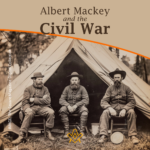 Albert Mackey and the Civil War In the midst of the Civil War's darkness, Dr. Albert G. Mackey, a devoted Freemason, shone a light of brotherhood and peace. Despite the nation's divide, Mackey tirelessly advocated for unity and compassion, embodying Freemasonry's highest ideals—fraternal love and mutual aid. His actions remind us that even in dire times, humanity's best qualities can prevail. |
 Discover the enduring bond of brotherhood at Lodge Dumfries Kilwinning No. 53, Scotland's oldest Masonic lodge with rich historical roots and cultural ties to poet Robert Burns. Experience rituals steeped in tradition, fostering unity and shared values, proving Freemasonry's timeless relevance in bridging cultural and global divides. Embrace the spirit of universal fraternity. |
 Discover the profound connections between John Ruskin's architectural philosophies and Freemasonry's symbolic principles. Delve into a world where craftsmanship, morality, and beauty intertwine, revealing timeless values that transcend individual ideas. Explore how these parallels enrich our understanding of cultural history, urging us to appreciate the deep impacts of architectural symbolism on society’s moral fabric. |
 Discover the incredible tale of the Taxil Hoax: a stunning testament to human gullibility. Unmasked by its mastermind, Leo Taxil, this elaborate scheme shook the world by fusing Freemasonry with diabolical plots, all crafted from lies. Dive into a story of deception that highlights our capacity for belief and the astonishing extents of our credulity. A reminder – question everything. |
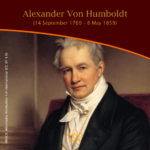 Dive into the extraordinary legacy of Alexander Von Humboldt, an intrepid explorer who defied boundaries to quench his insatiable thirst for knowledge. Embarking on a perilous five-year journey, Humboldt unveiled the Earth’s secrets, laying the foundation for modern conservationism. Discover his timeless impact on science and the spirit of exploration. |
 Voltaire - Freethinker and Freemason Discover the intriguing connection between the Enlightenment genius, Voltaire, and his association with Freemasonry in his final days. Unveil how his initiation into this secretive organization aligned with his lifelong pursuit of knowledge, civil liberties, and societal progress. Explore a captivating facet of Voltaire's remarkable legacy. |
 Robert Burns; But not as we know him A controversial subject but one that needs addressing. Robert Burns has not only been tarred with the presentism brush of being associated with slavery, but more scaldingly accused of being a rapist - a 'Weinstein sex pest' of his age. |
 Richard Parsons, 1st Earl of Rosse Discover the captivating story of Richard Parsons, 1st Earl of Rosse, the First Grand Master of Grand Lodge of Ireland, as we explore his rise to nobility, scandalous affiliations, and lasting legacy in 18th-century Irish history. Uncover the hidden secrets of this influential figure and delve into his intriguing associations and personal life. |
 James Gibbs St. Mary-Le-Strand Church Ricky Pound examines the mysterious carvings etched into the wall at St Mary-Le-Strand Church in the heart of London - are they just stonemasons' marks or a Freemason’s legacy? |
 Freemasonry and the Royal Family In the annals of British history, Freemasonry occupies a distinctive place. This centuries-old society, cloaked in symbolism and known for its masonic rituals, has intertwined with the British Royal Family in fascinating ways. The relationship between Freemasonry and the Royal Family is as complex as it is enduring, a melding of tradition, power, and mystery that continues to captivate the public imagination. |
 A Man Of High Ideals: Kenneth Wilson MA A biography of Kenneth Wilson, his life at Wellington College, and freemasonry in New Zealand by W. Bro Geoff Davies PGD and Rhys Davies |
 In 1786, intending to emigrate to Jamaica, Robert Burns wrote one of his finest poetical pieces – a poignant Farewell to Freemasonry that he wrote for his Brethren of St. James's Lodge, Tarbolton. |
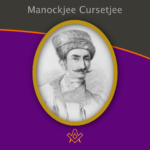 Alex Lishanin explores Mumbai and discovers the story of Lodge Rising Star of Western India and Manockjee Cursetjee – the first Indian to enter the Masonic Brotherhood of India. |
 Aleister Crowley - a very irregular Freemason Aleister Crowley, although made a Freemason in France, held a desire to be recognised as a 'regular' Freemason within the jurisdiction of UGLE – a goal that was never achieved. |
 Sir Joseph Banks – The botanical Freemason Banks was also the first Freemason to set foot in Australia, who was at the time, on a combined Royal Navy & Royal Society scientific expedition to the South Pacific Ocean on HMS Endeavour led by Captain James Cook. |
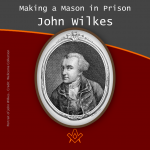 Making a Mason in Prison: the John Wilkes’ exception? |
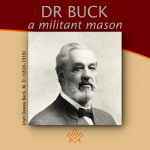 "To be a good man and true" is the first great lesson a man should learn, and over 40 years of being just that in example, Dr Buck won the right to lay down the precept. |
 Elias Ashmole: Masonic Hero or Scheming Chancer? The debate is on! Two eminent Masonic scholars go head to head: Yasha Beresiner proposes that Elias Ashmole was 'a Masonic hero', whereas Robert Lomas posits that Ashmole was a 'scheming chancer'. |
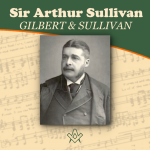 Sir Arthur Sullivan - A Masonic Composer We are all familiar with the comic operas of Gilbert and Sullivan, but did you know Sullivan was a Freemason, lets find out more…. |
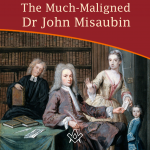 The Much-Maligned Dr John Misaubin The reputation of the Huguenot Freemason, has been buffeted by waves of criticism for the best part of three hundred years. |
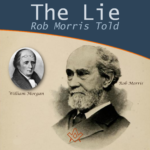 Was William Morgan really murdered by Masons in 1826? And what was the lie Masonic author Rob Morris told? Find out more in the intriguing story of 'The Morgan Affair'. |
 Lived Respected - Died Regretted Lived Respected - Died Regretted: a tribute to HRH The Prince Philip, Duke of Edinburgh |
 Who was Moses Jacob Ezekiel, a Freemason, American Civil War Soldier, renowned sculptor ? |
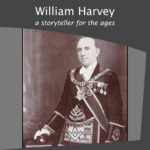 A Masonic author and Provincial Grand Master of Forfarshire in Scotland |
 Who was Philip, Duke of Wharton and was he Freemasonry’s Loose Cannon Ball ? |
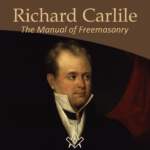 Richard Carlile - The Manual of Freemasonry Will the real author behind The Manual of Freemasonry please stand up! |
 Nicholas Hawksmoor – the ‘Devil’s Architect’ Nicholas Hawksmoor was one of the 18th century’s most prolific architects |
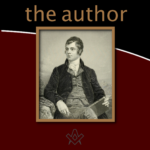 By Bro. Anthony Oneal Haye (1838-1877), Past Poet Laureate, Lodge Canongate Kilwinning No. 2, Edinburgh. |
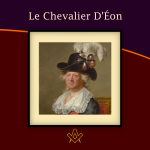 The Curious Case of the Chevalier d’Éon A cross-dressing author, diplomat, soldier and spy, the Le Chevalier D'Éon, a man who passed as a woman, became a legend in his own lifetime. |
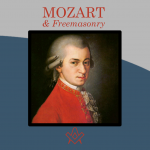 Mozart Freemasonry and The Magic Flute. Rev'd Dr Peter Mullen provides a historical view on the interesting topics |
masonic knowledge
to be a better citizen of the world
share the square with two brothers

click image to open email app on mobile device


